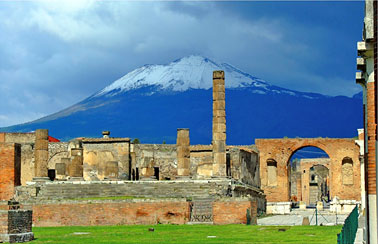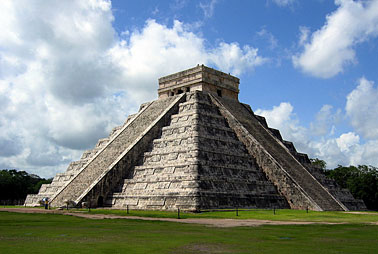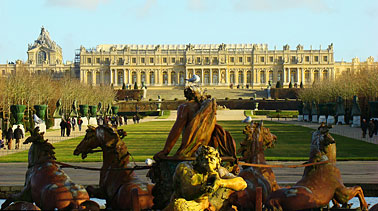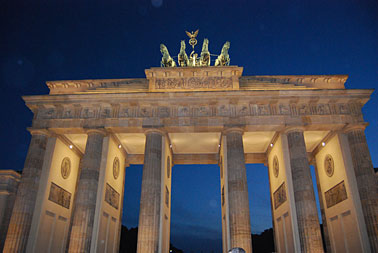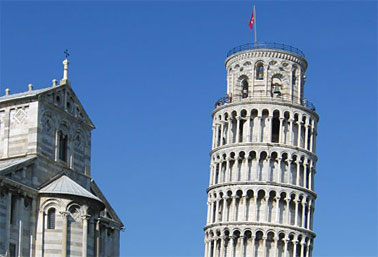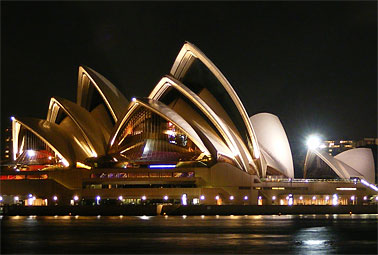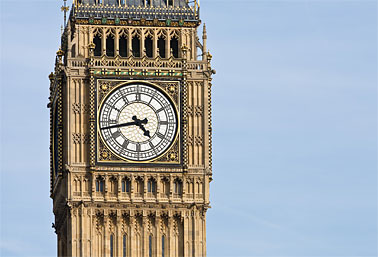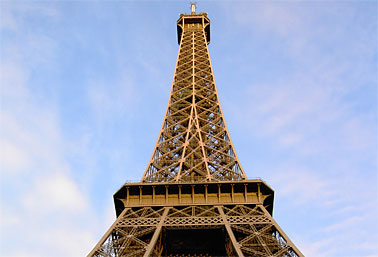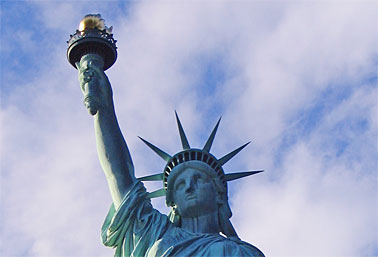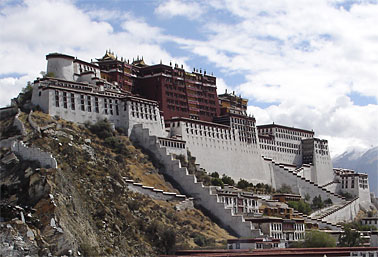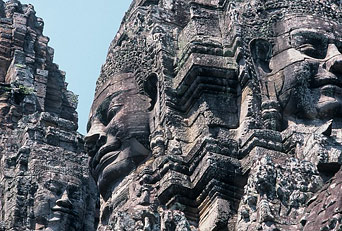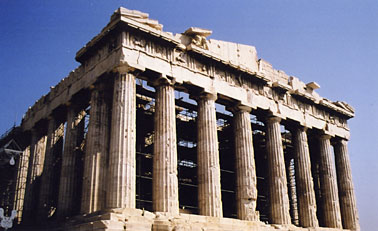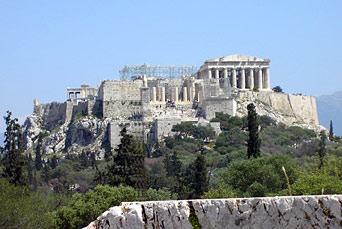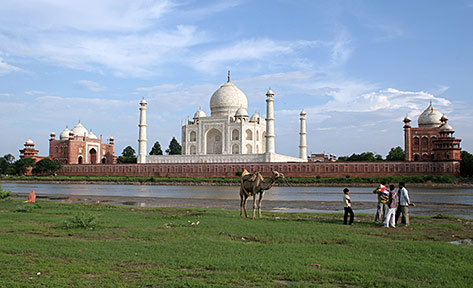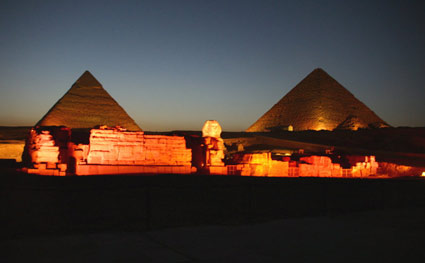The Ngorongoro Conservation Area of Tanzania stretches 8,300 square
kilometers and boasts a blend of people, archeology, landscapes, and
wildlife. Here you will find the Ngorongoro Crater, which is one of the
greatest natural spectacles in the world and is considered to be the
world’s 8th wonder.
The crater is located on the border of the Serengeti National Park
and is only a few hours away from Arusha, which is a town located at the
bottom of Mount Meru. Ngorongoro Crater is one of the World Heritage
Sites and is the biggest unbroken ancient caldera worldwide. It is
almost 3 million years old and is now considered to be the Garden of
Eden in Africa. Before the Ngorongoro volcano exploded, collapsing 2
million years ago, it was one of the tallest mountains in the world.
The crater actually measures 12 million inches diameter and the rim is
2,000 feet above the floor of the crater.
The abundant wildlife and magical setting never cease to amaze its
visitors. The wildlife here consists of wild game, lions, zebras,
buffaloes, rhinos, elephants, gazelles, wildebeests, and so much more.
The Ngorongoro Conservation Area is said to have about 30,000 different
animals, which are all protected by the steep walls that ring the
crater, sheltering the area’s grasslands, a big soda lake, fresh
springs, and forests.
Within the conservation area, the Maasai people have made a home
around the crater. Visiting these temporary, traditional villages is a
highlight of the area for visitors, who can watch while the nomadic
warriors and herders create beadwork, wear their bright colored robes,
and utilize cattle.







